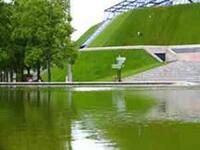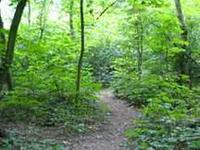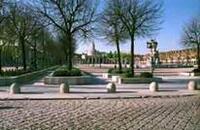In town and in country there must be landscapes where we can walk in safety, pick fruit, cycle, work, sleep, swim, listen to the birds, bask in the sun, run through the trees and laze beside cool waters. Some should be busy; others solitary. Rivers should be prized out of their concrete coffins and foul ditches. Quarries should be planned as new landscapes. Forests should provide us with recreation, timber and wildlife habitats. Wastes should be used to build green hills. Routeways should be designed for all types of user, not just for motor vehicles. Old towns should be revitalised and new villages made. In growing food, farmers should conserve and r emake the countryside. Buildings should stop behaving like spoilt brats: each should contribute to an urban or rural landscape. But what is a 'landscape'? In this book, the word is used to mean 'a good outdoor place': useful, beautiful, sustainable, productive and spiritually rewarding.
To achieve these goals, there is but one necessity: when preparing and approving plans for new places, or spending money on old places, we must look beyond the confines of each and every project. Gazing at these wider horizons, we shall see that development projects are initiated by specialists who have been imprisioned within 'closely drawn technical limits' and 'narrowly drawn territorial boundaries' (Weddle 1967:vii). It is not the specialists' fault. But if their approach results in single-objective projects, the collective landscape suffers.





